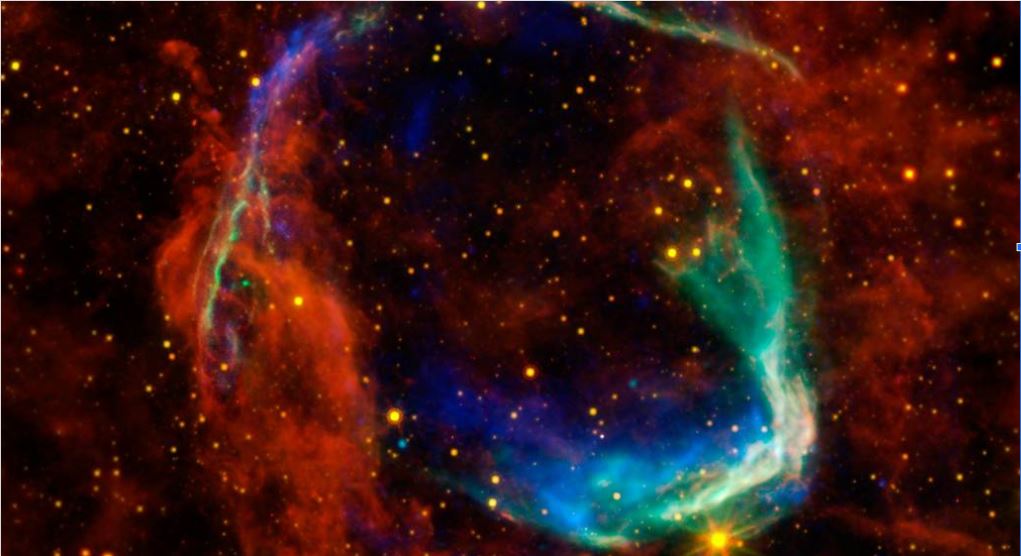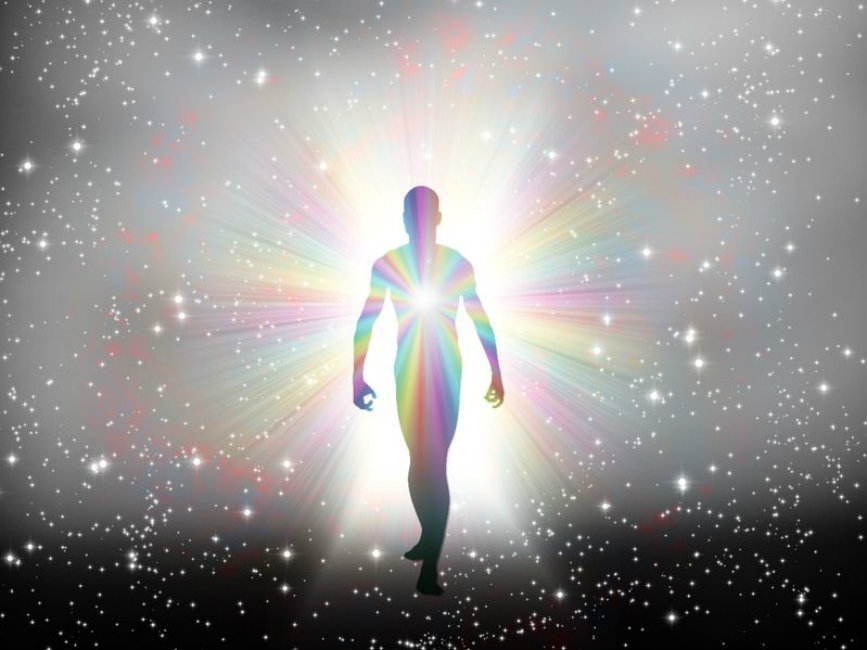SPACE
What if we had no MOON?!

What if there was no moon?
It waxes and wanes, and makes the sky new each night, dancing a 30-day orbit around the Earth. The Moon is beautiful tonight, we’ve heard ourselves say. But it’s more than a gorgeous glow-y object in the sky. It’s vital to our existence. Most likely, the moon helped facilitate complex. We’ll examine how, but first a question.
Where did it come from? Earth. What?! You say.
That’s the prevailing theory. Obviously, not one of us was around to witness the birth of the moon, so we rely on visionary science and computer simulations to fill the blanks and give us a working theory for what might’ve occurred. While an element of imagination is at play, scientific theories are not random; rather they’re based on data, facts, and evidence we know. For instance, we know, based on sample analysis, that moon rock and ocean floor rock share a similar oxygen isotope. To scientists, this is akin to blood type; it’s a unique composition. Let’s say, if the moon were to send off a sample of itself, 23 and Me would reply with the notification that Earth is a likely first cousin, with a shared planetary DNA.
The prevailing theory for how we got our moon is known as the Giant Impact and it goes like this: A Mars-size planet, named Theia, collides with a newly-formed Earth. It’s a strike at just the right angle and just the right speed to send chucks of debris far enough into space they don’t rain back down on the earth; rather, they orbit the earth and eventually congeal to form the moon. So, it appears, the two go way back. The Earth and the moon have a history, a relationship.
And the Best Supporting Role goes to…
The moon! Its role is critical to our story. The moon STABILIZES the earth us in ways that both promote and support life. This is due, in part, to its orbit on the ecliptical plane (the same plane the earth orbits the sun) rather than the equatorial plane (which is more common). Another unique feature of the moon that gives it stabilizing power is its large size. Our moon, Luna, is not the biggest moon in the solar system but in ratio to the earth, it’s massive, roughly one-fourth the size of the earth. Other moons dwarf in size (some 1000x smaller) compared to the planets they orbit. Earth is the only planet which has a single moon, and one big enough to exert a gravitational pull that keeps us steady on our axial tilt.
The Earth’s 23.5º tilt is significant because, at that tilt, we get the seasons, which support farming and henceforth life. And the tilt, itself, is also a result of that same collision which delivered us the moon. The early formation of the solar system is thought to have been a violent time, a game of billiards, with asteroids and planets colliding. Computer simulations suggest the Giant Impact knocked the earth into a tight spin, one that resulted in a short 6-hour day, and a sharp axial tilt of maybe 70 degrees. Both corrected over time and, likely, with the help of the moon and its gravitational pull. In the end, the Big Impact was a fortuitous strike. Remember that the next time you’re derailed and sideswiped by the Theia in “your” universe. Things could turn out better than they were.
More reasons to LOVE the moon!
If there were no moon, astrophysicists say we’d wobble on our axis from 0 to 90, we’d experience erratic climates from overly tropic to excessively arctic, and we might be drawn towards other planets, possibly freezing or frying if pulled away from our special goldilocks position relative to our sun star. And one only needs to see an image of the moon’s cratered surface to presume it’s protected us from incoming asteroids, meteorites, and comets. The moon generously let that one Chicxulub asteroid slip by to kill off the dinosaurs, thusly, making our survival more possible, as many geologists and paleontologists pose. Luna is a solid cousin who’s got our back!
But wait! There’s more! The gravitational pull of the moon generates a tidal force that causes the earth and its oceans to bulge out and give us high tide. Tides carry nutrients that sustain life. They also affect climate and, therefore, our ecosystems and habits. And closely associated with the tides are the moon phases. High tide occurs during the New Moon and the Full Moon phases of the lunar calendar. Throughout history, the moon phases have guided farmers, gardeners, and festivals. For example, at the French wine harvest, growers believe that at full moon lunar influence is high and maximum energy flows to the grape, so they pick around a full moon.
How lucky are we, to end up in just the right distance from the sun, with just the right tilt, and a moon that plays a multitude of services for life to flourish. Our moon, unique in the solar system, may also be rare in the universe.
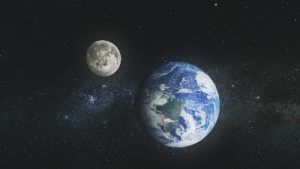
Credit: NASA
An interesting Moon fact to share at a party
We’ve all seen the different shapes and sizes of the moon, its illuminated part or whole, but have you ever noticed that some nights it’s a right-side crescent or partial moon, and other nights it’s a left-side crescent or partial moon? It’s true (if you hadn’t noticed) and it indicates the phases. That is, you don’t need a lunar calendar to have some idea, on any given night, about where we are in the lunar calendar and what phase we are headed towards. One only needs to look up to the sky (on a clear night) to make this determination because, like the seasons and so many patterns in nature, the moon follows a rhythm. It’s not random.
The lunar calendar begins with a New Moon. This is when you will not see a moon because it’s between earth and the light from the sun (its backside is lit). Next, the moon begins a wax, to grow. If you are in the Northern hemisphere, the waxing moon is illuminated on the RIGHT side (in the Southern hemisphere, the left side). Once past the full moon phase, it will wane, decrease. If you are in the Northern hemisphere, the waning moon will appear illuminated on the LEFT side (in the Southern hemisphere, the right side). When looking into the night sky you can know, based on which side of the moon is illuminated, whether we are moving away from a full moon, or headed towards the full moon – in which case, prepare yourself for the lunatics!
The Science & Superstition of a Full Moon
Must be a full moon! You’ve heard it, maybe said it.
Much of the population will attest to strange happenings around a full moon – increased traffic accidents, emergency room check-ins, homicides and erratic behavior, in general. Some have conjectured that since our bodies are made of mostly water, the tidal pull of the moon must affect us; however, the moon’s influence has less influence on the water in our bodies than the bouncing and sloshing that occurs in daily life (i.e. running, jumping, riding, etc). Further, the tidal pull of the moon is just as great during a New Moon when the moon appears absent from the sky.
It’s also been speculated that the increased brightness interferes with sleep and, so, might affect mood and behavior; but, that too has been discounted since the advent of electricity.
While there’s no solid science to confirm that a full moon causes strange behavior, neither science nor studies will rule out the possibility. Some professionals plan for it. For example, police are known to put extra officers on the streets for these key days, and many veterinarians avoid scheduling surgery during a full moon because they expect a high volume of emergency walk-ins. So, it seems, while the validity of the superstition remains a mystery, assuming so is a pragmatic and safe approach.
The Far Side of the Moon
Did you know we only see ONE side of the moon? It’s true! The moon spins but it does only a single rotation in the entire time it orbits the earth. This peculiarity is best understood with this illustration (skip to 1:09).
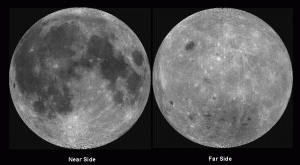
Credit: NASA
The side we don’t see is known as the far side of the moon. The first time human eyes saw it was the Apollo 8 mission, during man’s first full orbit of the moon. It’s interesting to note that during the Apollo 10 mission, astronauts heard “weird space music” while orbiting the far side of the moon. They never officially reported this because they didn’t think they’d be believed. The recorded conversation (skip to 3:00) amongst astronauts was released in 2008, four decades after the music was heard.
The Apollo missions have been the only time humans have stepped foot on another celestial body. July 20, 2019, marks the 50-year anniversary of man’s first step on the moon. And Vice President Pence announced plans to return astronauts to the moon by 2024. This time, it won’t be just a visit; they are planning to set up base. The moon is about to become a stepping stone for interplanetary travel.
The cosmic coincidence of an Eclipse will one day be a thing of the past
The gravitational drag from the moon slows earth’s rotation a few milliseconds every year. At the same time, it pushes the moon away from earth at a rate of 1.5-2 inches per year. They found this in rocks during a study of the tides, and astronauts set up reflectors on the moon to measure the speed at which the moon is receding.
With the moon moving farther away, the cosmic coincidence of an eclipse will one day be a thing of the past. According to NASA, when the moon’s mean distance from Earth has increased an additional 14, 600 miles, it will be too far away to completely cover the sun. But don’t worry, there’s no need to reach for the Kleenex just yet. It won’t happen for another 600 million years.
Juliana is an entertainer and writer. She’s currently working on a book about her Life With A Monkey. Check out her website at www.julianafay.com.
SPACE
Asteroid could hit Earth Day before the Election
Intriguing people
The Deep Sky Dude! An Intrigue Journal Exclusive
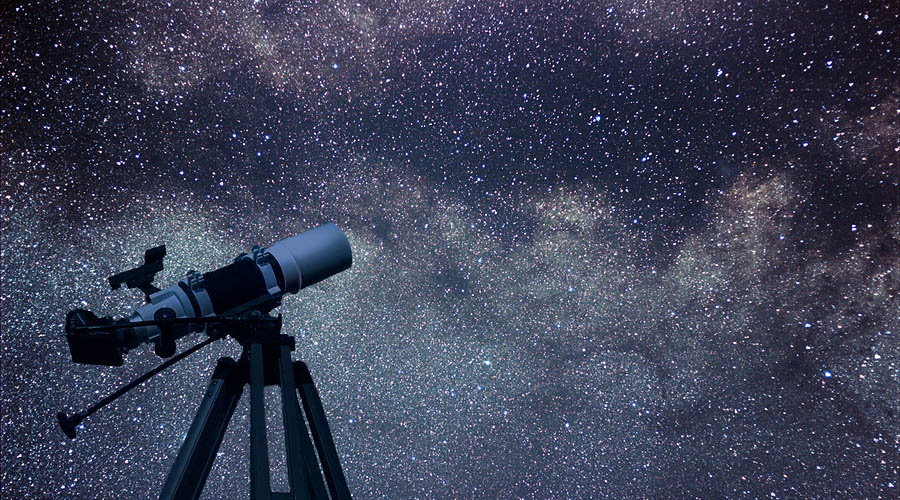
Please Subscribe to our channel – and we would love your comments either here or on YOUTUBE
“I’m just a dude with a telescope.”
“I’m just a dude with a telescope,” says Will Young, The Deep Sky Dude, during another live broadcast of the moon.
It’s a clear night in Southeast Texas. He brews some coffee and sets up his triple-refractor telescope in the backyard. He won’t be looking through the eyepiece. Instead, he’ll be sharing the view with the world via his iPhone on a Facebook live stream.
His audience is international. Astronomy geeks check-in with comments.
“Watching from Peru!” Says Johnny L.
The Deep Sky Dude doesn’t seem to miss an opportunity to engage with viewers. “Yeah, we’re in quarantine here too,” he replies to Johnny L.
Part of Will’s appeal is his genuine appreciation for the community he’s created. He is just a dude with a telescope but he’s gained a lot of knowledge and perspective which he shares alongside the amazing views of space. Questions and comments roll in during the live stream.
The moon looks older, says one observer. And it does. Another follows his own question with, LOL, I was pointing to the screen as if you could see it. In this virtual space, you forget there are miles between. Will has many answers but encourages followers to google-check what he’s saying, add to the conversation. It’s a community.
“Night owls unite!” He exclaims.
It’s 4:25 am. The mooncasts aren’t always so late, but tonight is a waning moon (the second half of the lunar phase) so the moon doesn’t break the horizon until after midnight, and we have the best viewing when it’s at the straightest point above. This is something you’d learn if you tuned in to the live broadcasts. But the beauty of Facebook Live Stream is that you can watch it on replay any time.
Alongside a rippling moon, Will’s voice is a soothing replacement to the pandemic news or absurdly popular series about a guy with tigers. The craters on the moon look familiar, so up-close. And Will identifies them by name. They’re derived from a scientist or astronomer or philosopher. He points out where Apollo 11 landed in the Sea of Tranquility.
The moon looks beautiful, and it’s not even a “good night” for viewing because of the rippling effect caused by the extra water vapor in the atmosphere. “This is why stars twinkle,” Will explains, “because the atmosphere of our Earth distorts the light.”
The tranquil view and space nuances shared by Will, via poetic metaphor, make each live stream feel like an artful meditation. There’s something bigger than you. And it takes away all worry of the day. For now, it’s just you, the view, and some friends under the same big beautiful sky.
The Deep Sky Dude’s grasp of the deep sky has viewers wondering if he works for NASA. He does not. Although he’s had the fortune to attend several NASA Socials. He often records these experiences and shares them with passionate documentation. You can see the full version of his SpaceX CRS 20 Launch here. The moving experience translates through the cheers and cries of spectators. During our conversation, Will described the nebula-like view of gasses that coalesced,
“It was unbelievable! I was awestruck.”
True to his moniker, The Deep Sky Dude has a lot of deep thoughts. Perspective is what he’s gained from hours of space observation. Gratitude is inherent in Will’s daily life. And Empathy is a practice he believes important – for humanity – that we’re able to understand, help, and serve one another.
Empathy – noun
1. The psychological identification with or vicarious experiencing of the feelings, thoughts, or attitudes of another
2. the imaginative ascribing to an object, as a natural object or work of art, feelings or attitudes present in oneself
Empathy is so often a concept we equate with hardship or challenges. We feel for others. But spend enough time with The Deep Sky Dude and you realize empathy is bigger than that. Empathy is feeling with one another. It’s relevant in every experience – the good, the bad, and the awe-striking – all the feels. And our ability to empathize begins with sensory input. Sound, a powerful catalyst. Mute the audio on Will’s CRS 20 Launch video and you’ll see a gorgeous nebula. But add the audio, and it moves you – maybe to tears. Will says he needs to “reign in” his enthusiasm. I’m thankful he’s unable.
The Deep Sky Dude has a natural understanding of sound and its effect. He’s a talented musician and composer with two (soon 3) volumes of Deep Sky Tunes. Will describes his music as his lifeblood – his passion project. “I can’t stop writing music,” he says, “it just happens.” Even a wrong chord, Will says, is the genesis for a brand new song. In response to his natural urge to tinker with each completed song, Will coaches himself, “The recipe is done! It’s time to bake it.” He says, “You can’t keep painting the same picture,” because the result is stagnation and lost inspiration.
Will is an engaging communicator and teacher. He has extensive knowledge of Astronomy and has seen as far as 16.5 billion light-years away – a quasar – at the edge of the observable universe. I asked him what he found most astonishing about deep space. There’s a lot, he said, and then narrowed his answer to the vastness and the voids. When you know as much as Will about space, you glean perspective from its study.
Will is entering his 11th year as President of the Astronomical Society of South East Texas (ASSET). Along with his regular broadcasts of space, he generously donates his time to outreach programs and stargazing parties. And that’s not all. Will is also a skilled glass sculptor! There’s just so much to this Dude! Head on over to his YouTube Channel to give him a follow and see some remarkable and rare footage – like the 2017 Total Solar Eclipse in 4K, ISS Transit of the Sun, The Occultation of Venus & the Moon, and especially those beautiful Mooncasts!
“Be good to yourselves. Be good to someone else. And we’ll catch y’all on the flipside. Peace.”
– Deep Sky Dude signing off, Mooncast, Feb 1, 2020.
Juliana is an entertainer and writer. She’s currently working on a book about her Life With A Monkey. Check out her website at www.julianafay.com.
Juliana Fay Reports
Conspiracy Theories of the Cosmos
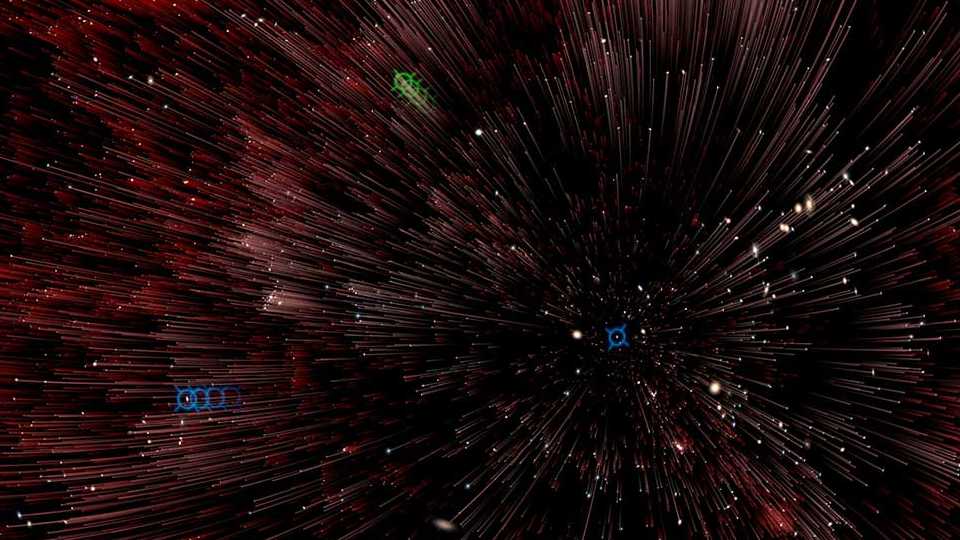
Conspiracies in the Cosmos
A second sun? A ninth planet? Cosmonauts lost in space? Murder? Welcome to 2020 and another year of exploring Intrigue and Mystery! The start of a new year invokes reflection and anticipation. One thing is certain, whether we go backward or forward in time, we’ll find mysteries to delight in and conspiracies to consider – even in science. And why not? Science IS wildly creative. Our working theories are literally our best guess – our best explanation for an observation – until we come up with something better. We kick off the New Year with some Intriguing theories and conspiracies floating around in space and time.
The Sun’s Evil Twin
It’s a sensational story, the evil twin, and not uncommon for a daytime drama. But in the cosmos? There’s solid science to back up the possibility that another star, a twin to our Sun, exists. Mathematical models tell us almost every star is born with a buddy, that binary systems are common and the fact that we have only one is unusual.
Let’s walk through the science around this crazy idea…
A team from UC Berkley studied the Persius Cloud, a stellar nursery 600 light-years away. They input the data into computer simulations to model different scenarios. In the end, the only way to make all the pieces fit is to conclude that ALL stars with the mass of our sun begin as part of a binary system. An estimated 60% of them move away to form single-star systems while the rest drift closer into tight binary systems. The research is published online.
So assuming our system is among the 60% that move away from one another, then WHERE is the twin? Space is an unimaginably big, BIG place. It could be anywhere. It might’ve migrated outside of our solar system and is floating somewhere in the Milky Way, maybe joined a different star system. Or it could be a black dwarf star that’s still in our Solar System, and we simply can’t see it. Thus, making it the evil twin because it poses a collision hazard for the rest of the neighborhood. Perhaps it launched the asteroid that killed off the dinosaurs.
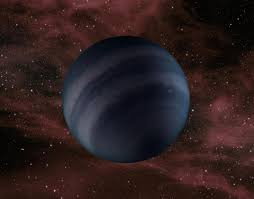
Image credit: NASA/JPL-Caltech, Artist Rendering
Whether the sun has a twin, the fact remains that our single-star system is unusual. According to NASA, “Binary and multiple-star systems are about twice as abundant as single-star systems in our galaxy, and, in theory, other galaxies.” Further, observations from NASA’s Spitzer Space Telescope reveal that mature planetary systems are more frequent around close-knit twin or binary stars than a single star like our sun. That is to say, a double sunset is more commonplace in the universe.
Imagine a double sunset!
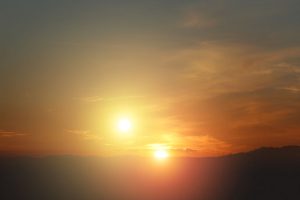
Image credit: NASA/JPL-Caltech, Artist Rendering
Soviet Cover ups of Lost Cosmonauts
History books have written Yuri Gargarin was the 1st man in space. The Cosmonaut successfully completed one orbit of the earth in April 1961. However, the theory alleges that several Cosmonauts went to space in the 1960s but did not return.
Two Italian brothers who were amateur radio operators have recordings to support the theory. They allege to have heard and, in some cases, recorded secret Soviet space missions with tragic and mysterious endings – the dying and suffocating sounds of lost cosmonauts and SOS calls that grew dimmer.
The pair released nine different recordings. One of these, a chilling exchange in November of 1963 – a female cosmonaut who they believe was re-entering the Earth’s atmosphere in a malfunctioning spacecraft. In the recording she is heard to have cried out, “I feel hot… I see fire… am I going to crash?” And curiously, 3 days later, the Soviets announced the return of an “unmanned” spacecraft that burned upon reentry.
If true, this was the 1st woman in space.
Planet X
Gravitational physics predicts there may be another planet lurking in the far reaches of our solar system. This is not an unusual way to theorize. In fact, they predicted Neptune before they saw the planet.
The theory of Planet X was born when researchers noticed unusual patterns and clustering in the movement of six distant objects in the Kuiper belt. The objects appear to be influenced by something with a lot of gravitational pull. Mike Brown (ironically, the man responsible for demoting Pluto) and Konstantin Batygin believe there is other evidence. For example, Planet X could be responsible for the slight tilt of the sun, as well as the reverse orbit of some smaller objects.
If this ninth planet exists, it’s said to be 10-12 times the size of the earth (a smaller Neptune) and 500-1200 AUs from the Sun. This is far out there when you consider the Earth is 1 AU and Pluto is 50 AUs from the sun. At this distance, the planet would likely take up to 20,000 earth years to complete one orbit. Gravitational physics predicts where the planet is orbiting and the CalTech researchers have been looking for the planet from the Subaru telescope in Hawaii.
The vastness of space is unfathomable when you consider we can’t even be sure what’s in our own solar system.
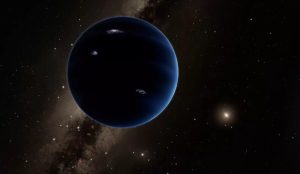
Image Credit: NASA, Artist Rendering
Murder!
Prior to the invention of the telescope, the 16th-century Danish astronomer, Tycho Brahe, devised some of the most precise instruments to observe the skies. They allowed him to determine more precisely than had been possible the detailed motions of the planets. His observations – a comprehensive study of the solar system and accurate positions of over 777 fixed stars – were noteworthy for their accuracy and quantity, moreso than any predecessor or contemporary. He was very secretive about his notes, keeping them under lock and key.
In 1600 Brahe built an observatory in Prague and invited Johannes Kepler to work with him. He died shortly thereafter at the age of 54. His death was ruled to be bladder or kidney-related but suspicions over the decades prompted an exhumation of his body for testing in 1901. The results suggested poisonous levels of mercury.
The prime suspect? None other than his assistant, the late Johannes Kepler! Afterall, he’d have much to gain with access to Brahe’s notes.
Like any good true crime mystery. We can’t let this one go. Brahe’s body was exhumed a second time in 2010. This time the results ruled OUT mercury poisoning as a cause of death. But it was a good story.
Many found the accusations against Kepler unlikely as he was a man of God with a conviction that the universe was perfectly organized and designed by an intelligent creator. He did benefit (as did we all), drawing off the work of Brahe when he created the Laws of Planetary Motion. And, true to Kepler’s convictions, these laws exemplify a mathematical harmony in the Cosmos.
Juliana is an entertainer and writer. She’s currently working on a book about her Life With A Monkey. Check out her website at www.julianafay.com.
-
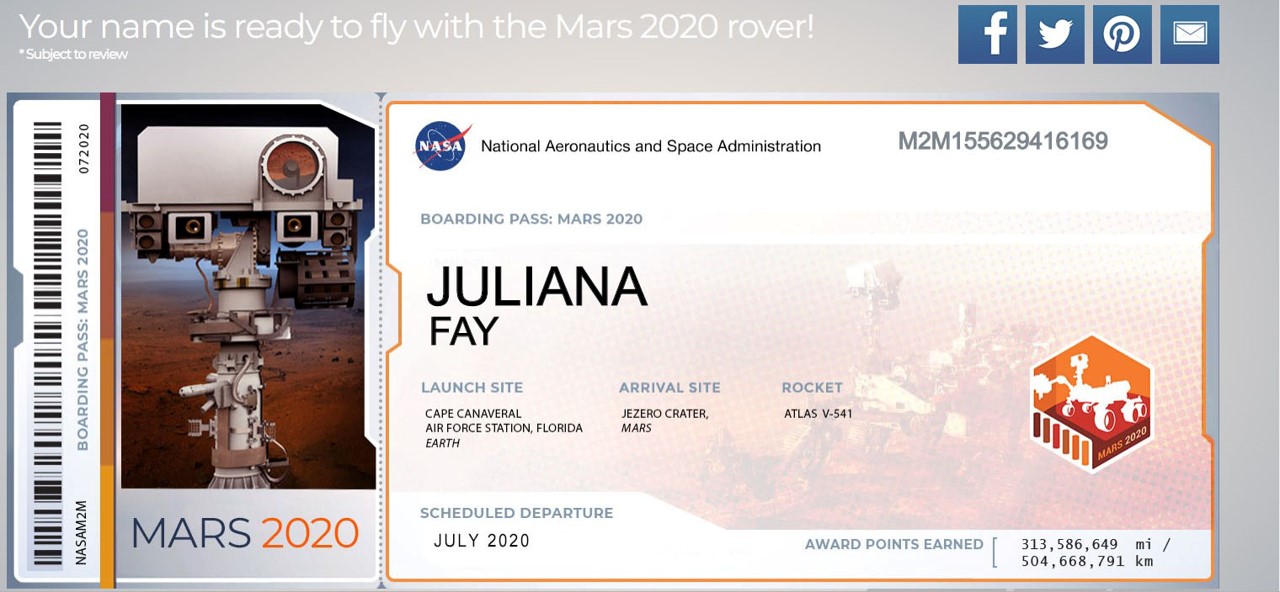
 SPACE & COSMOS5 years ago
SPACE & COSMOS5 years agoHumans in Space!
-

 Intriguing people4 years ago
Intriguing people4 years ago108 Year old woman survives Covid!
-

 ghosts5 years ago
ghosts5 years ago5 of the most Mysterious Ghost Ships!
-
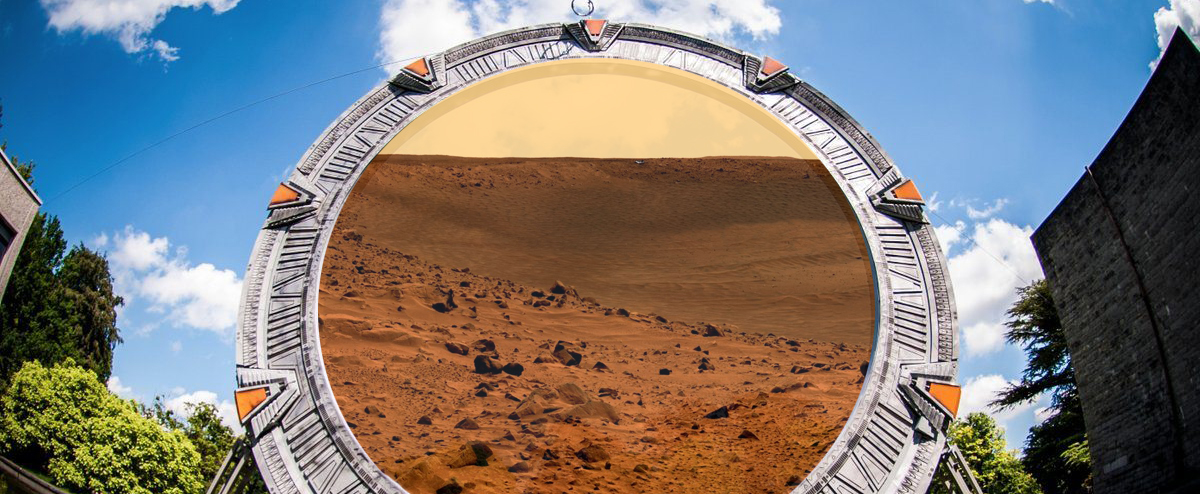
 CONSPIRACIES4 years ago
CONSPIRACIES4 years agoEinstein Equations & Tesla’s Notes – Time Travel Might Be Reality
-
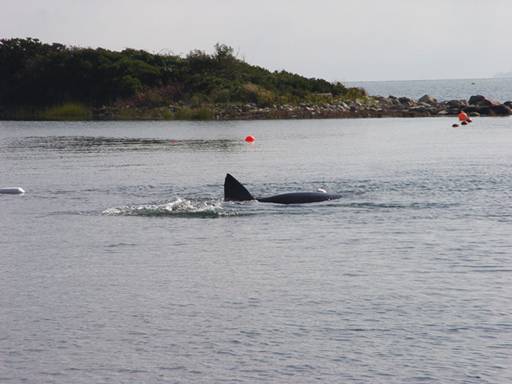
 Uncategorized4 years ago
Uncategorized4 years agoSharks in Great lakes and Mississippi River?!
-
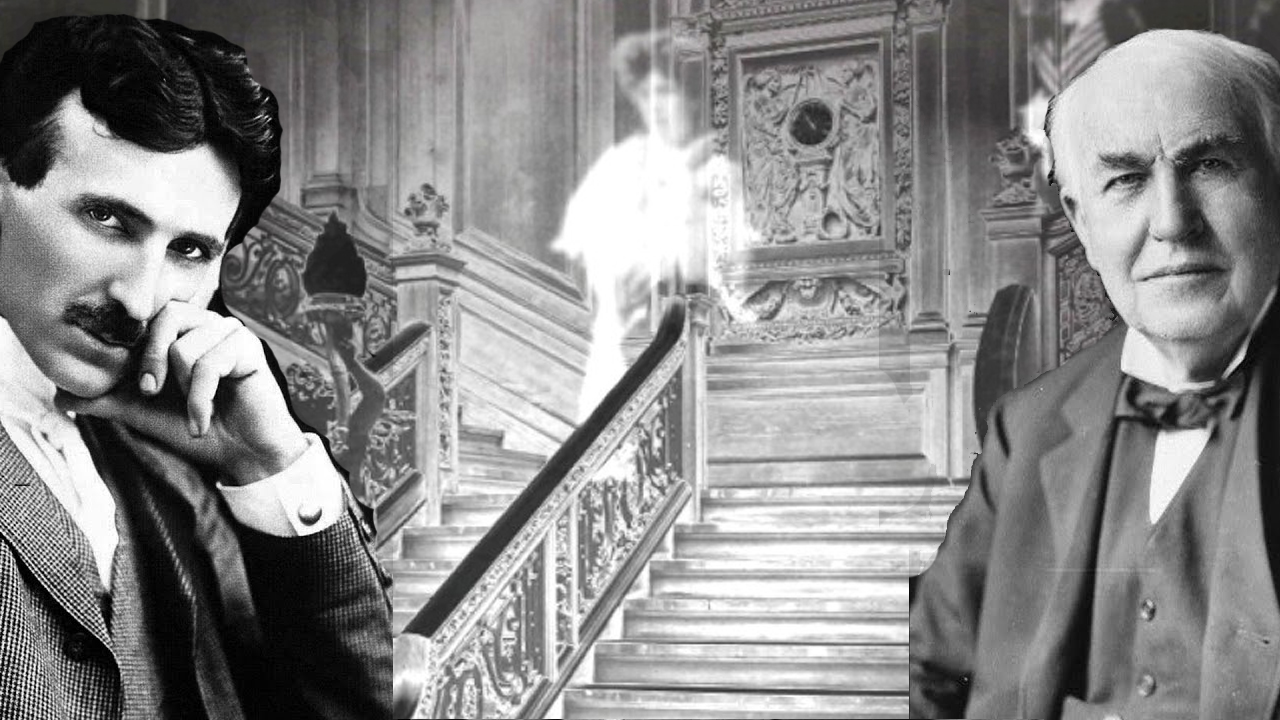
 ghosts4 years ago
ghosts4 years agoTesla & Edison’s Ghost Machines!
-
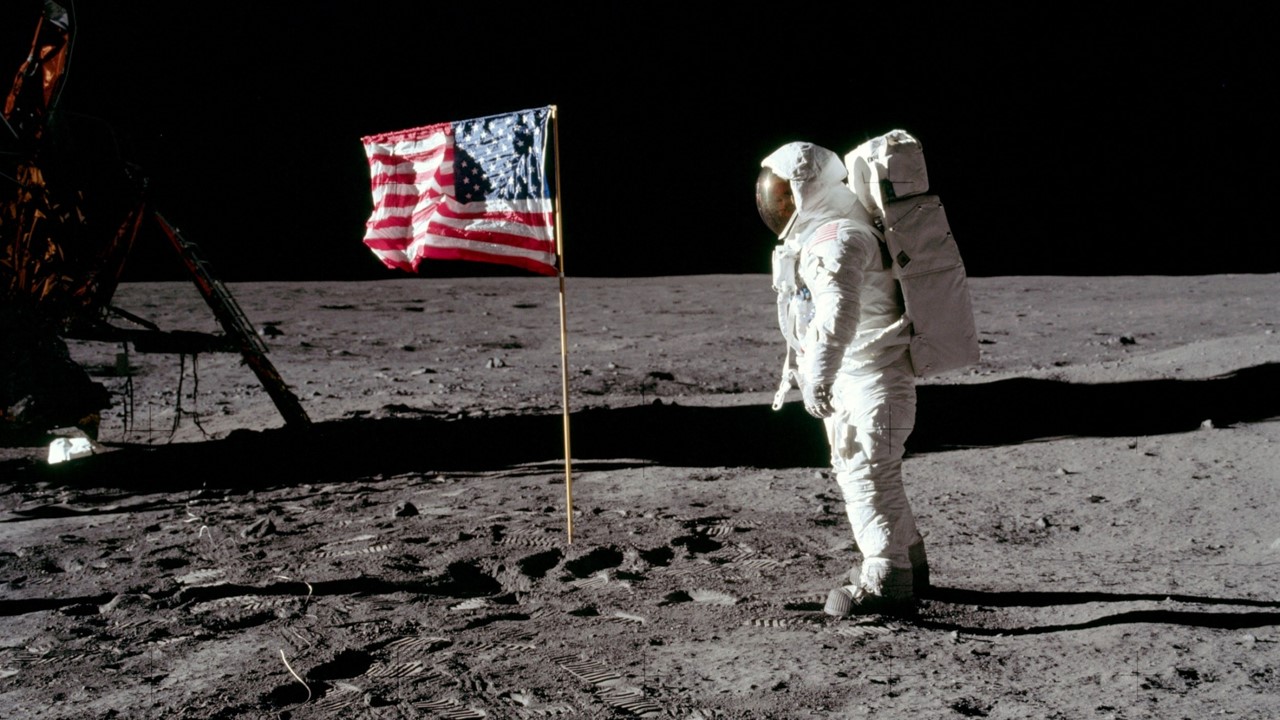
 SPACE & COSMOS5 years ago
SPACE & COSMOS5 years agoHappy 50th Anniversary Apollo!
-
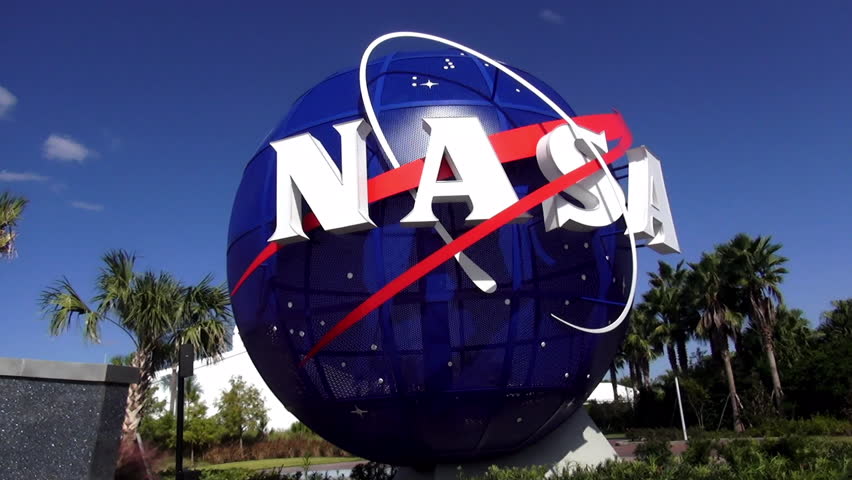
 SPACE5 years ago
SPACE5 years agoELEVEN ways NASA technology is applied to Terrestrial Life

